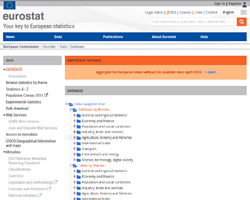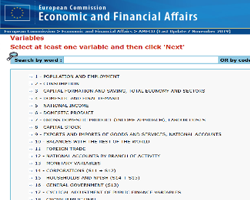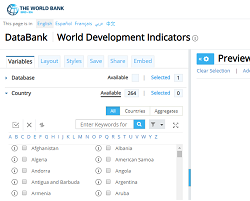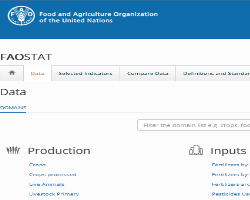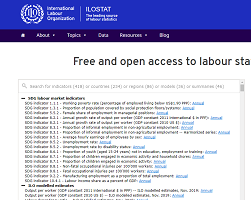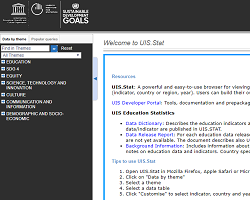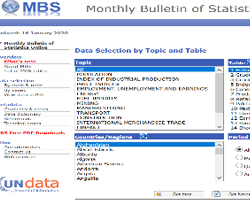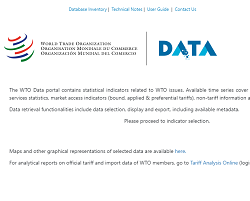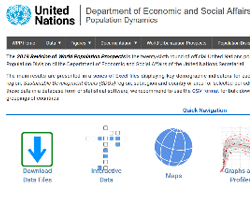Eurostat (Statistical Office of the European Union) is the main source of statistics for European Union members. Its database contains indicators from all thematic areas, presented in the form of dynamic and static tables. It also includes indicators monitoring EU strategies and programs (e.g. Europe 2020 strategy). Annual, quarterly and monthly data are available for EU countries and their regions (including aggregates for the EU and the euro area), as well as, in many cases, also for candidate countries and selected non-EU countries (e.g. USA and Japan).
AMECO is the European Commission's macroeconomic database containing data from Eurostat supplemented by additional international sources. The database contains annual data mainly on national accounts for European Union members, candidate countries and OECD member countries. Time series are available since 1960 and the basic currency for financial data is euro.
OECD.Stat is a database of the Organization for Economic Cooperation and Development (OECD) containing information (annual, quarterly and monthly), among others, on demographics, environment, labour market, education, prices, national accounts and foreign trade for OECD members and selected countries of the world (e.g. Brazil, China and India).
World Economic Outlook Database is the International Monetary Fund’s (IMF) database, which provides selected macroeconomic data updated twice a year as a part of the "World Economic Outlook" report. The database offers information for most countries of the world since 1980 with a two-year and a medium-term forecast for selected indicators.
DataBank is the World Bank’s portal containing databases on the economy, education, health or poverty in terms of development, including World Development Indicators, Doing Business and Worldwide Governance Indicators. The databases contain annual data for most countries of the world and offer additional functionalities like possibility to create your own indicators by performing mathematical operations on data available.
FAOSTAT is the Food and Agriculture Organization of the United Nations’ (FAO) platform that provides a wide range of data on food, agriculture, forestry and fisheries, as well as environment, economy and technology related to plant cultivation and animal breeding. The database contains annual retrospective data since 1961 for over 245 countries of the world.
ILOSTAT is a database of the International Labour Organization (ILO) – the United Nations Labour Market Agency. It is a source of information on, among others, employment, unemployment, wages, labour costs, health and safety at work for most countries of the world, depending on the subject, even from 1947 with short- and long-term forecasts. The database also contains statistical information on the implementation of the Sustainable Development Goals in the labour market area.
UIS.Stat is the United Nations Educational, Scientific and Cultural Organization’s (UNESCO) database, which is a rich source of information in the field of education, science, technology and innovation, culture, information and communication. It contains annual data since 1970, supplemented with basic demographic and socio-economic information, with the possibility of creating own tables and charts. The database also includes statistics on the implementation of the Sustainable Development Goals related to education.
Monthly Bulletin of Statistics Online (MBS) provides, as the database, monthly, quarterly and annual economic and social data for over 200 countries of the world, covered by a monthly publication issued by the United Nations. It contains over 100 indicators, among others, in the field of population, industrial production, construction, prices, employment and earnings, energy, transport, international trade in goods, finance and national accounts.
WTO Data is the World Trade Organization’s (WTO) database, containing information on international trade in goods and services and the availability of markets (including tariffs) for most countries of the world. Depending on the indicator, monthly, quarterly or annual collections are available in long time series. Financial data are expressed in US dollars.
World Population Prospects is a portal that provides demographic estimates and forecasts developed by the United Nations Department of Economic and Social Affairs. Key demographic indicators are presented for groups of countries defined by the UN (by development level) and by the World Bank (by income), as well as for geographical regions, regions of the world used to measure the achievements of Sustainable Development Goals, subregions and countries for selected years of the 1950-2100.


